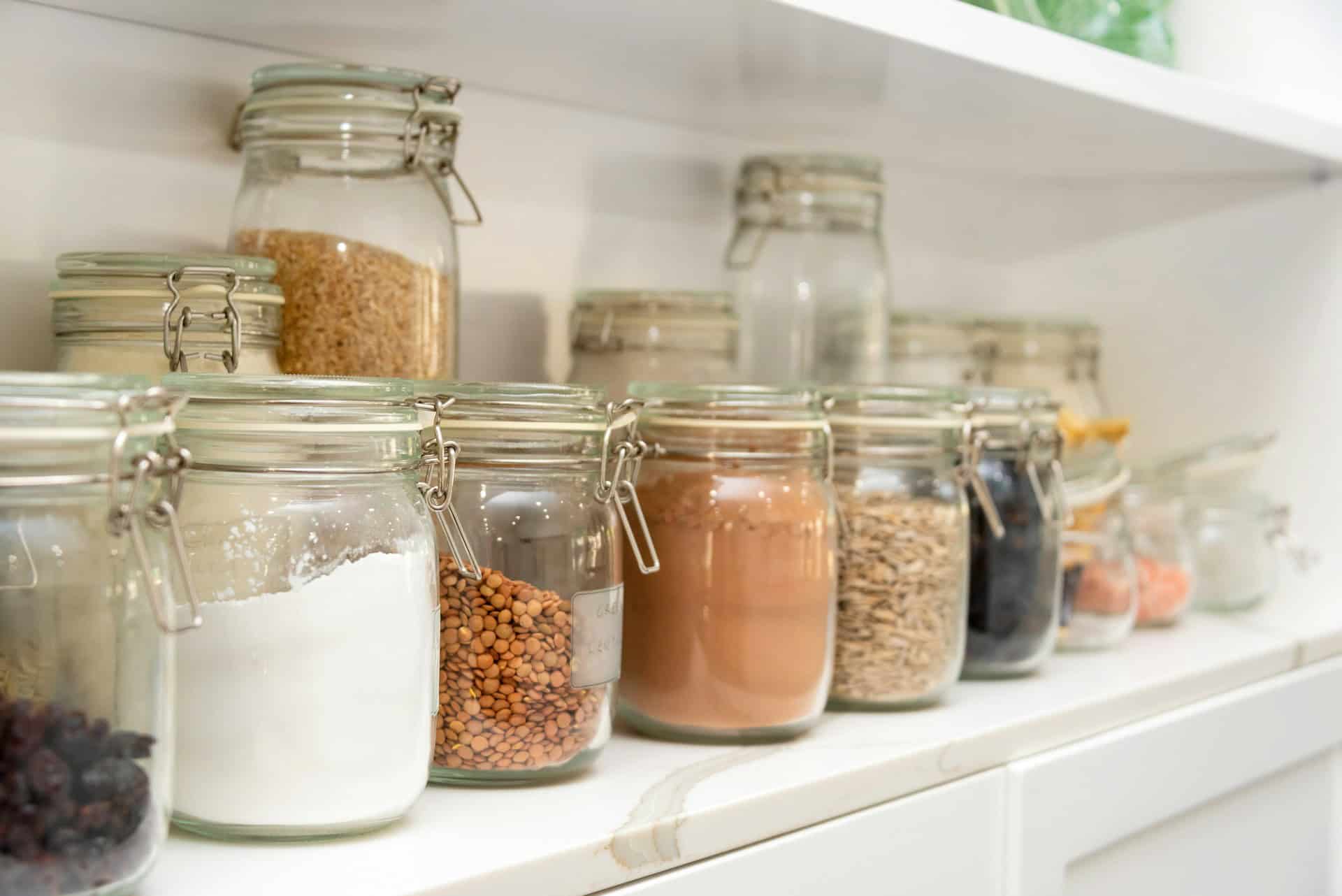
Question: In What Order Should Food Be Placed Into Storage?
Answer: The order food should be placed into storage varies but you can store ready-to-eat foods at the top, followed by cooked foods, then raw ingredients. Place newer items behind older ones to promote FIFO (First In, First Out).
Food Storage: A Practical Guide to Organization
Proper food storage maximizes freshness and minimizes waste. This guide explains how to organize your refrigerator and pantry for optimal food preservation.
Refrigerator Organization: Top to Bottom
Organize your refrigerator from top to bottom, considering temperature variations. Warmer air rises, making the upper shelves best for ready-to-eat foods and leftovers. Place raw ingredients lower down to prevent cross-contamination.
Upper Shelves:
Ready-to-eat foods, leftovers, drinks, and yogurt thrive in this moderately cool zone.Middle Shelves:
Eggs, milk, and cheese belong here, benefitting from consistent temperatures.Lower Shelves:
Raw meat and seafood reside here, the coldest part of the refrigerator. This placement also prevents drips onto other foods.Drawers:
Fruits and vegetables maintain optimal freshness in designated humidity-controlled drawers.Door:
Condiments, juices, and other less temperature-sensitive items are best suited for the door, the warmest area.
Click here for more information on kitchen cabinet refinishing service
Article: Where Should a Cutlery Drawer Be in the Kitchen?
Related Article: Should Food Go in Upper or Lower Cabinets?
Freezing Food for Long-Term Storage
Freezing preserves food for extended periods. However, proper techniques are crucial for maintaining quality. Follow these steps to freeze food effectively.
Proper Packaging:
Use airtight containers or freezer bags to prevent freezer burn. Remove excess air before sealing.Portioning:
Freeze food in usable portions to avoid thawing more than necessary. This also speeds up the freezing and thawing processes.Labeling and Dating:
Clearly label and date all frozen items. This practice allows you to identify and use foods before they lose quality. Include the name and date for easy tracking.
Optimizing Food Storage Containers
Proper food storage containers play a vital role in preserving food quality and preventing waste. Choose the right containers for specific food types. Consider these factors.
Airtight Seals:
Airtight containers protect food from moisture, pests, and odors. They are crucial for maintaining freshness and preventing spoilage.Material Selection:
Glass, plastic, and stainless steel containers offer different benefits. Glass is durable and non-reactive, plastic is lightweight and versatile, while stainless steel offers excellent temperature resistance.Size and Shape:
Select container sizes and shapes that fit your needs and storage space. Square or rectangular containers often maximize space efficiency. Consider stackable options for optimal organization.
Preventing Cross-Contamination: A Safety Priority
Preventing cross-contamination is critical for food safety. This involves keeping raw meats separate from other foods and practicing proper hygiene.
Raw Meat Handling:
Store raw meat in sealed containers on the bottom shelf of the refrigerator. This prevents drips from contaminating other foods.Cutting Board Hygiene:
Use separate cutting boards for raw meat and other foods. Wash all cutting boards thoroughly after each use.Handwashing:
Wash hands thoroughly with soap and water before and after handling food. This simple practice significantly reduces the risk of foodborne illness.
Maintaining an Organized Storage System
Maintaining an organized storage system requires regular attention. Periodically check your refrigerator and pantry for expired items and clean shelves and drawers to prevent spoilage. Consistent effort in maintaining order will maximize the shelf life of your food and minimize waste, saving you time and money. An organized storage system also makes meal planning and preparation easier, promoting a healthier and more enjoyable cooking experience.
By following these simple strategies, you can create an efficient and effective food storage system that reduces waste, preserves freshness, and promotes food safety. [ 1 ]
References
1. https://www.betterhealth.vic.gov.au/health/healthyliving/food-safety-and-storage

Blue Malue Get in touch with Blue here.
